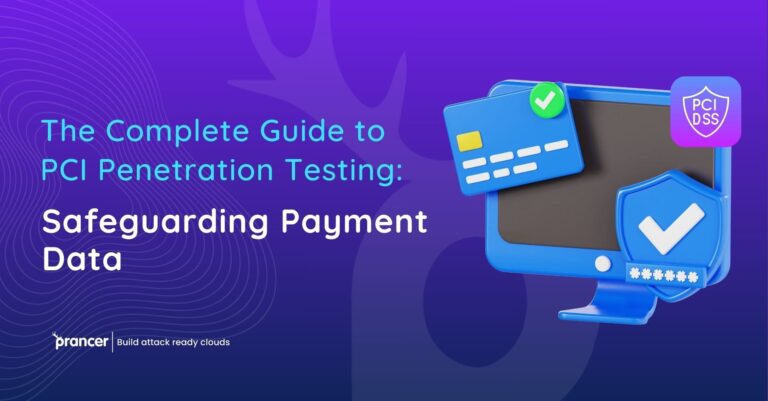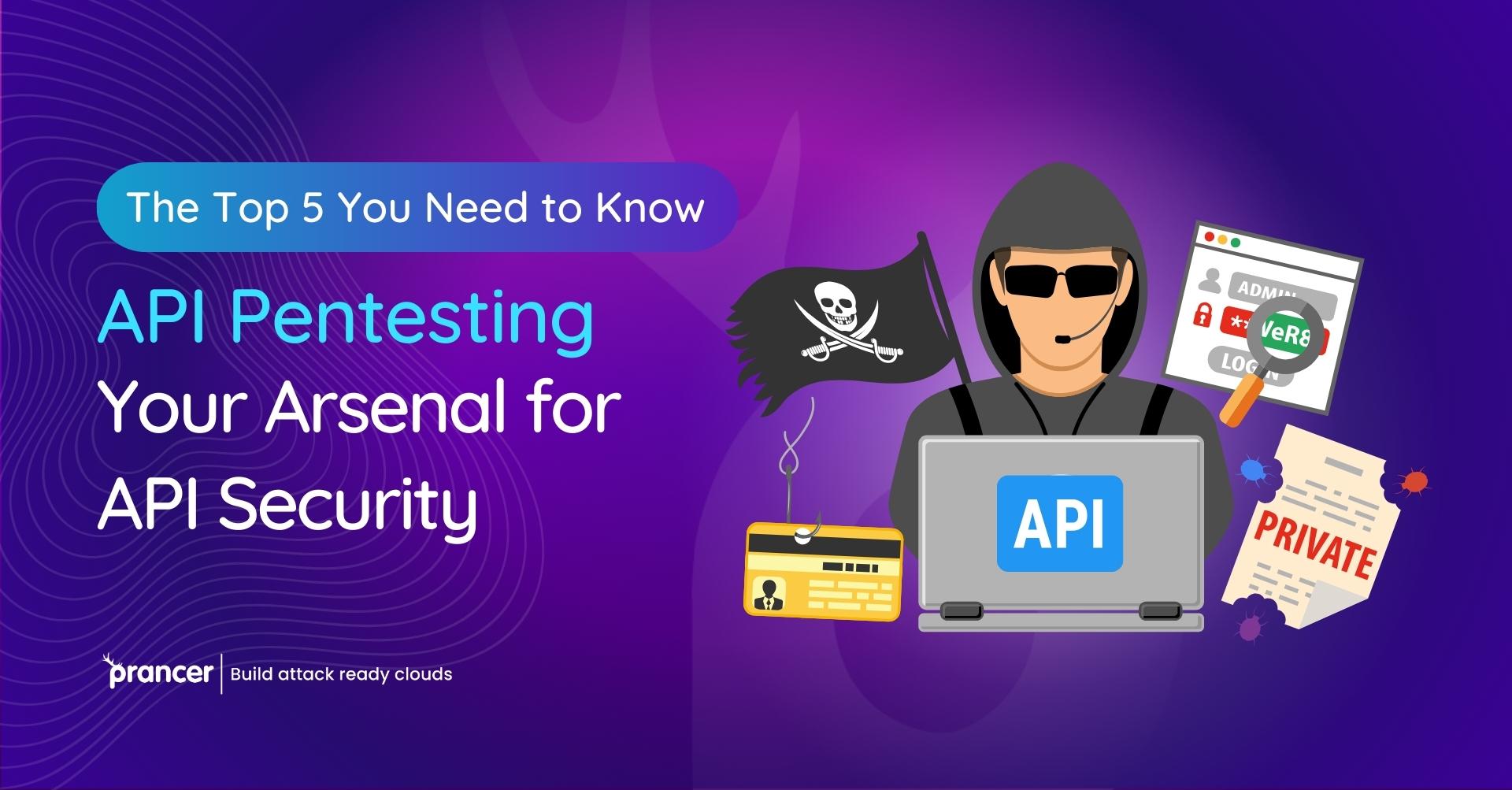

In the digital realm, APIs (Application Programming Interfaces) form the backbone of contemporary applications, making their protection a critical concern. This detailed guide on API pentesting tools aims to empower cybersecurity aficionados with the requisite knowledge and resources to fortify their infrastructures. Here, we will unearth the crème de la crème of API pentesting tools that are indispensable for bolstering your API security measures.
In the digital world of today, modern applications must be operational and secure; therefore, APIs (Application Programming Interfaces) are important in ascertaining application practicality. Aspects of Automated Penetration Testing, Advanced API penetration testing tools such as Burp Suite Extensions and The Definitive Guide to API Security together with the OWASP are covered in this complete guide for cybersecurity enthusiasts who yearn for real knowledge on how to tighten their defenses. This article explores the premier API penetration testing tools for reinforced API security and automatic penetration testing that can greatly boost your strategies.
GitHub, renowned as the largest haven for code hosting and collaboration, holds a significant stature in the arena of API security. Security mavens frequently resort to GitHub for an extensive range of open-source API pentesting tools. Crafted and nurtured by the cybersecurity fraternity, these tools are precious assets for unearthing vulnerabilities and solidifying API security. GitHub unmistakably stands as the preferred repository for API pentesting tools.
Now, let’s journey through the quintessential API pentesting tools that every cybersecurity aficionado should harbor in their arsenal:
Cybersecurity experts must accept automated hacking testing to stop possible risks. Prancer, an expert in API and cloud security, offers top solutions to protect your APIs. It is very important because it automates the testing process, finds weaknesses, and helps to fix them properly.
Prancer’s automated penetration testing speeds up the API security check process. It saves time and makes finding bugs more accurate. Prancer’s promise to protect API security is in line with the growing need for strong defense plans across industries.
Today, keeping Application Programming Interfaces (APIs) safe is very important in this tech world. A guide for key API security testing tools shows the importance of improving API safety, especially using automated tests. Important tools are Burp Suite for its request blocking ability, OWASP ZAP to auto-check safety and Postman for automating API requests. Netsparker is also useful as it’s easy to use when finding security issues. Prancer is known for its ability to do automated security checks, making API and cloud safety better. GitHub is a helpful place for getting open-source tools that test APIs. Using Prancer’s strong tools is very important for cybersecurity workers to make sure good API safety in the fast changing online world.
Additionally, it is essential to discuss the approaches and means that define automatic penetration testing. The development of creative automated testing methods provide for the future in API security so to stay abreast with this continuously changing digitalized world. The focus of this extended discussion will be on various crucial issues that are fundamental to automatic penetration testing, allowing for a deeper understanding of its implementation and trends.
Improved Strategies for Automatic Penetration Testing
Integration of Artificial Intelligence and Automation: AI is shaping the future of automatic penetration testing. Tools such as AI-PenTest are created to imitate human attackers, feeding each interaction so that they learn how best to carry out their test This enables more complex and dynamic testing situations.
Behavioral Analysis Techniques: Through the use of behavioral analysis, advanced tools are further integrating anomaly detection in API usage. This aids to find complex attack vectors, which traditional testing methods would otherwise miss.
Automated Remediation Suggestions: Following the discovery of vulnerabilities, however, next generation tools like AutoFix API are now starting to provide recommendations and automating interventions in remediating devices after or while testing.
Advanced Tools and Technologies
Quantum-Resistant Penetration Testing Tools: The emergence of quantum computing has led to the development of new penetration testing tools that replicate qnauant-based attacks, maintaining APIs secure from future threats.
Cloud-Native Testing Tools: Tools like CloudTest API are specialized for testing APIs in clouds because of the specific challenges and settings that arise from using cloud infrastructure.
Blockchain-Based Security Testing: However, as more APIs are integrated with blockchain technology different tools evolve to test this interaction and assure the validity of transactions conducted within blockchains.
Addressing Emerging Challenges
Handling Evolving Threat Landscapes: Automated tools should also be constantly updated with the aim of ensuring that API security testing will have a dynamic approach to facing new types of cyber threats.
Ensuring Compliance with Global Standards: Automated penetration testing should follow international regulations and standards, thus the need for flexible tools that can conform to diverse legal settings.
Balancing Speed and Thoroughness: Even though the automated tools provide speediness, it is essential to make sure that they offer a high level of testing coverage without overlooking complicated vulnerabilities.
Collaborative and Integrated Approaches
Fostering DevSecOps Culture: The automatic penetration testing integrated in the DevSecOps framework guarantees continuous security assessments and a culture of joint responsibility between developers, operations and securities teams.
Community-Driven Tool Development: Tools development platforms such as GitHub are critical in developing collaborative tools, and this helps the cybersecurity community to contribute towards refining these tools thus making them effective and relevant.
Training and Education in Automated Testing: However, as automatic pentesting advances in complexity, more specialized training programs are required to train cybersecurity professionals on the skills needed for effective work with such tools.
The entire field of automatic penetration testing is in development due to advanced technologies and deeper knowledge about cyber threats. Through adapting novel methodologies, tools and collaborative solutions cybersecurity specialists are able to effectively strengthen API security making these more secure against broad categories of cyberattacks. This continuous development in automatic penetration testing is not simply a technological issue but also an essential strategic necessity for organizations of the digital era.
Incorporating these advanced techniques and strategic approaches in automatic penetration testing is crucial for organizations to stay ahead of cyber threats and safeguard their APIs. By continuously updating their methods and tools, embracing collaborative development, and ensuring compliance with evolving standards, cybersecurity experts can reinforce the security infrastructure essential in today’s digital world. This relentless pursuit of innovation and excellence in automatic penetration testing not only addresses current security challenges but also anticipates future threats, ensuring robust and resilient API security.
Conclusion
In the changing area of cybersecurity, making API security stronger is a big goal. By using key API testing tools like Burp Suite, OWASP ZAP, and others such as Postman, Netsparker, and Prancer you can skillfully protect your APIs from upcoming dangers. GitHub is a very important place to get these tools and Prancer helps with automatic testing, making it easier for security tests.
In short, having a good set of API testing tools is very important. By joining the skills of people who know cybersecurity and using automatic tools, you can keep your APIs (Application Programming Interfaces) and important systems safe. This is always on-going work we do to defend them from risks.
